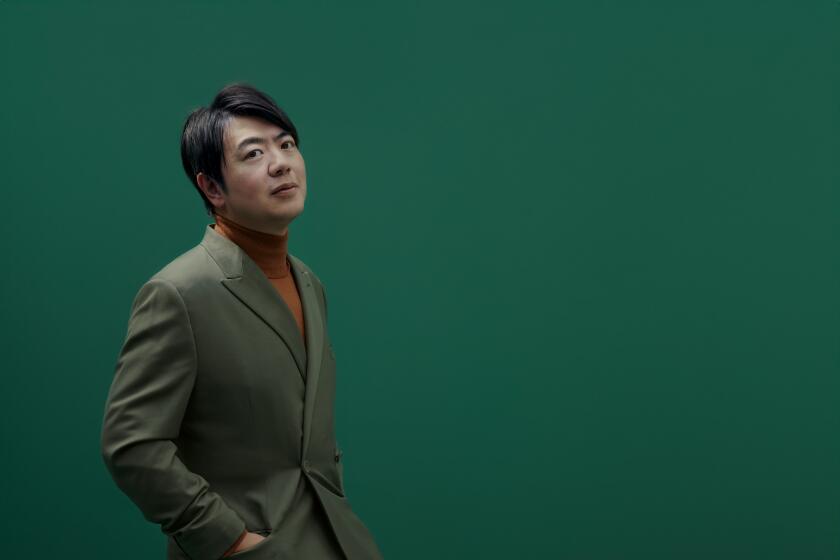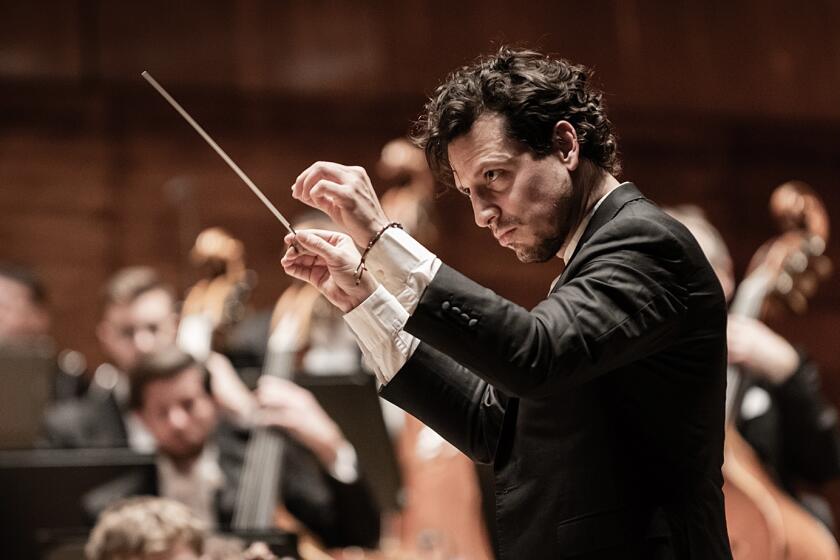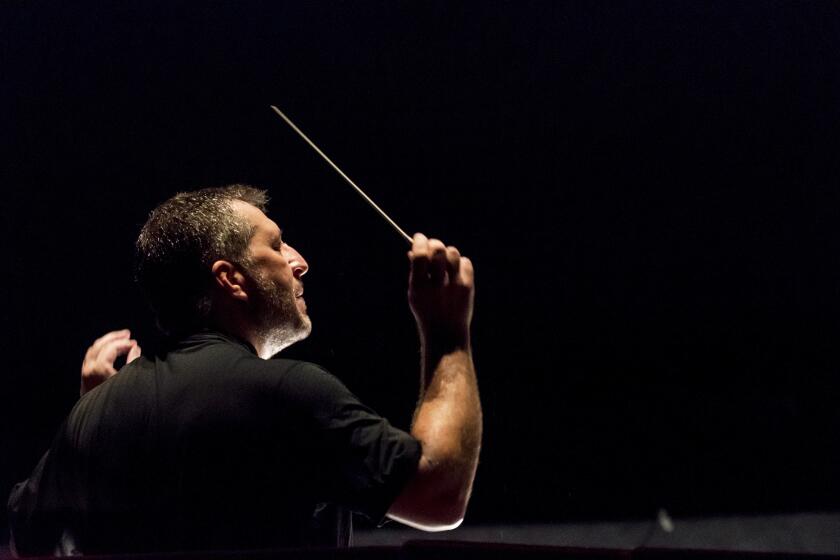Too much from the La Jolla Symphony
In the his program essay for Saturday’s La Jolla Symphony & Chorus program at UC San Diego’s Mandeville Auditorium, La Jolla Symphony & Chorus music director Steven Schick quotes William Blake: “The road of excess leads to the palace of wisdom.”
You could say then, that Schick offered an extremely intelligent, perhaps Mensa level, program Saturday.
Rather than toy with one of the suites Ravel extracted from his ballet score, “Daphnis and Chloe,” Schick presented the entire, hour-long work.
Schick was also party to awarding the annual Nee Commission to the deserving UC San Diego graduate student Paul Hembree, whose “Ikarus-Azur,” conducted by David Chase, was excessively ambitious.
Both of these demanding works (with chorus, no less) would be a serious challenge for a professional orchestra, let alone this ensemble of volunteers and students.
So Schick also added Aaron Jay Kernis’ “Musica Celestis,” which itself is no walk in the park, to open the program.
As it turned out, Kernis’ radiant “Musica Celestis” was the most successful work on the program. At times, the orchestra at times sounded transcendent and the balance was perfect.
But things went out of kilter with the new Hembree work.
Part of the challenge in a program like this is that when it’s put together, Hembree’s new work didn’t exist. The only stipulation given the composer, apparently, was that he employ the same orchestration as Ravel’s “Daphnis and Chloe, which was expected to be the program’s center of gravity.
But Hembree tipped the scales. This is a complex, uncompromising, demanding, work that immediately throws orchestra, chorus and the audience into the deep end and leaves them there throughout the piece.
Hembree ingeniously combines texts from Mallarme’s “L’Azur,” Benn’s “Ikarus,” Thoreau’s “Smoke” and Thoreau’s English translation of Aeschylus’ “Prometheus Bound” to illuminate the music’s theme, in the composer’s words, of “humankind’s ambivalent relationship to both nature and technology.”
That’s a lot to chew on, and while you could use the texts printed in the program as an anchor to guide you through the piece, without that text, at least on first hearing, the piece seemed incomprehensible, despite the orchestra’s committed performance. As listeners, we needed a little more help from the composer negotiating those dense, dissonant textures.
Hembree’s work was a marked contrast to the Ravel, which sounded as if from some other musical planet. Ravel avoided writing symphonies and at an hour in length, “Daphnis and Chloe” is his longest orchestral work. Without the story and the dancing, however, it’s easy to get lost in the complete version, even if there is a degree of thematic unity. The suites that Ravel created from the complete ballet (especially the second one) make a more concise, convincing framework for his genius.
Schick never mentions in his essay the part of Blake’s quote that continues with something like, “You never know what is enough until you know what is more than enough.”
This was more than enough.
Get U-T Arts & Culture on Thursdays
A San Diego insider’s look at what talented artists are bringing to the stage, screen, galleries and more.
You may occasionally receive promotional content from the San Diego Union-Tribune.






